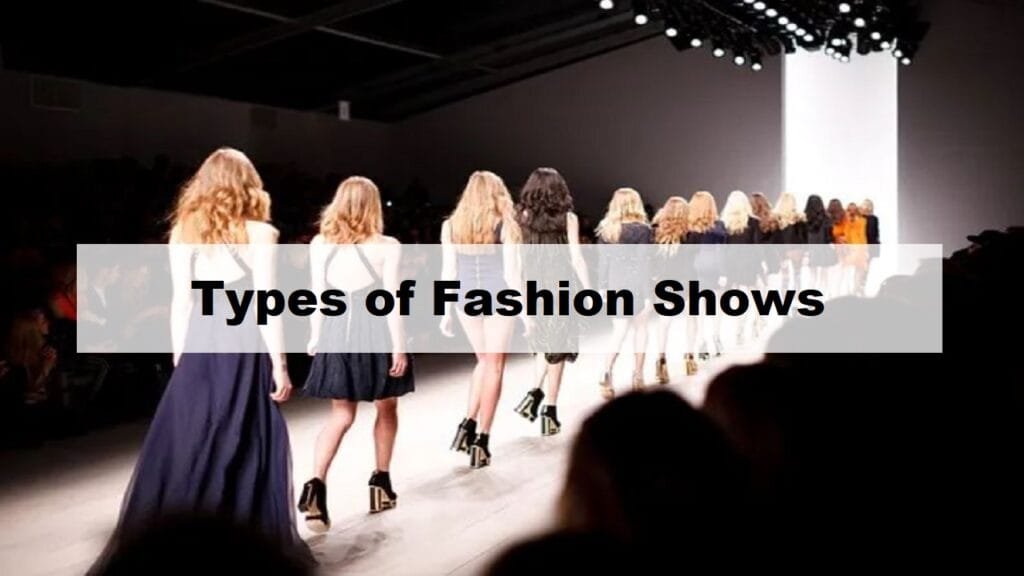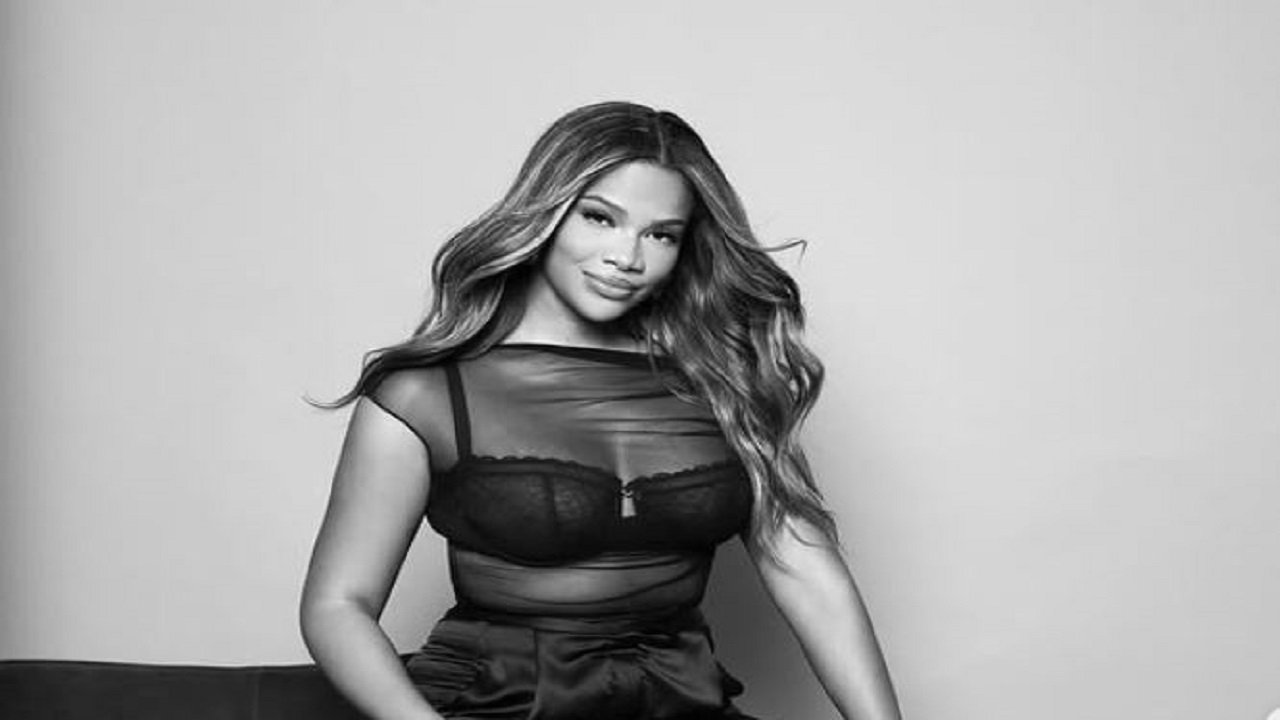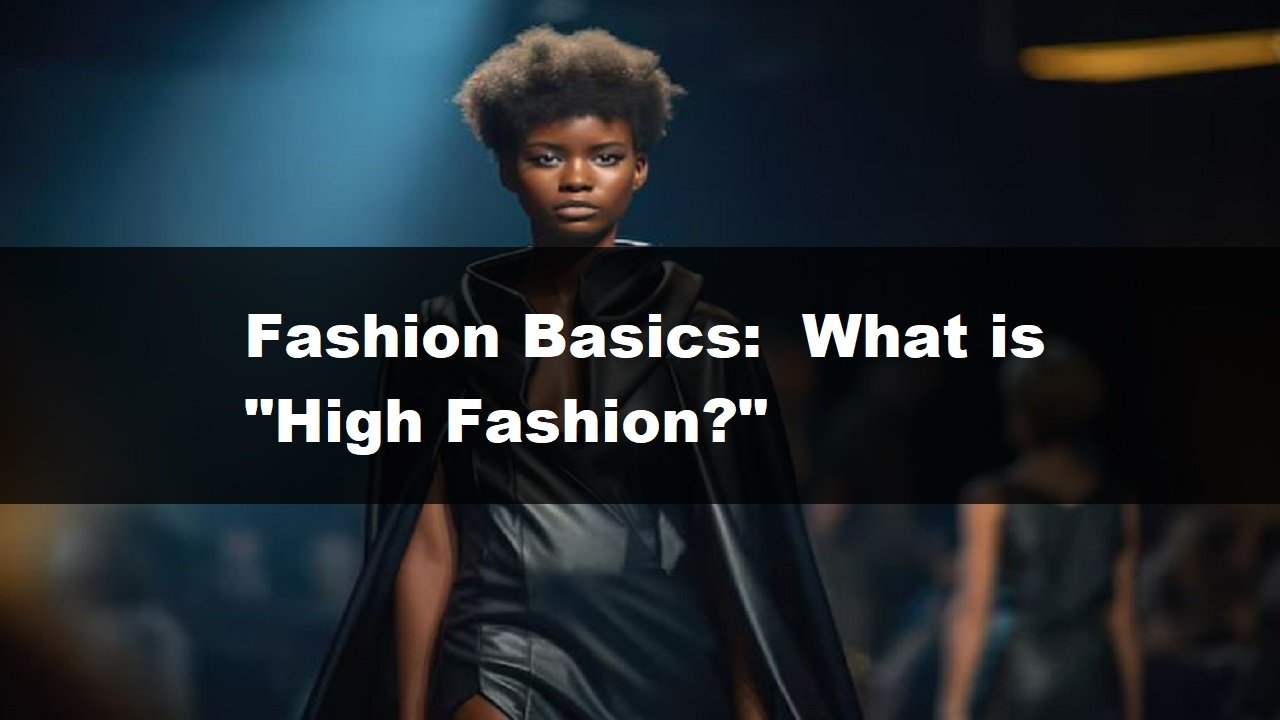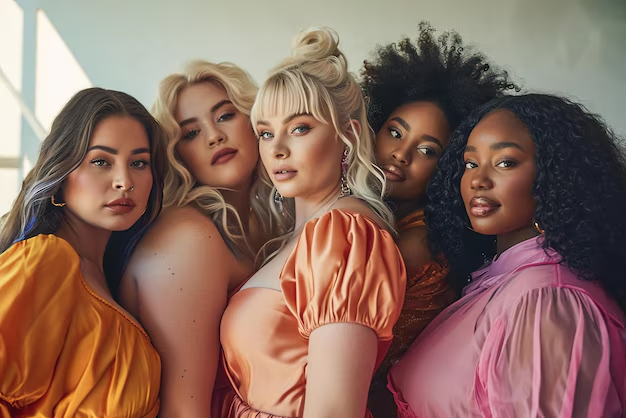If you’ve ever thought all fashion shows are just models parading down a runway to blaring music, you’re only seeing the surface. The truth is, the runway is a universe of its own, filled with unique categories for fashion show lovers to explore.
Here’s an in-depth look at the fashion show types that define this glittering industry – and how they cater to different fashion goals, seasons, and audiences.
Types of Fashion Shows
Fashion isn’t just about what’s trendy; it’s about when it’s trendy. The industry revolves around two main seasons: Spring/Summer (SS) and Fall/Winter (FW).
These shows usually preview the next season’s collections. A March show, for example, might flaunt FW trends like cozy knits and statement coats. However, more designers are shifting to seasonally relevant collections, giving us looks we can wear immediately.
The role of seasons in categories for fashion show planning reveals why designers produce two collections a year and how they balance innovative creativity with practical, season-appropriate designs.
According to My Model Reality, there are ten main types of fashion shows. Below are the main types of fashion shows below and how each one brings its own flair to the runway.
Ready-to-Wear
Ready-to-wear (or prêt-à-porter, if you’re feeling fancy) shows focus on wearable pieces you could actually, well, wear. These collections are practical yet chic and cater to consumers who want runway-inspired styles without the wait – or the sky-high price tag of couture.
Big-name designers set the tone for trends here, and high-street brands follow suit, bringing these looks to the mainstream. Ready-to-wear shows play a critical role in the ecosystem, bridging the gap between high fashion and everyday wardrobes.
Couture
Couture shows are where designers let their imaginations run wild. These aren’t clothes you’d wear to the office (unless your office is a palace), but they are a masterclass in creativity. Each piece is custom-made, requiring hours – or even weeks – of meticulous handcrafting.
Couture belongs to a distinct category for fashion show fans who appreciate the art of fashion over its practicality. It’s less about functionality and more about pushing boundaries. And yes, those jaw-dropping price tags? They reflect the labor, materials, and artistry behind each piece.
Menswear
Menswear is often overshadowed by the glitz of women’s fashion, but it’s an essential part of fashion show types. These shows focus on tailoring, structure, and designs that redefine masculinity. Think sharp suits, innovative fabrics, and modern takes on classic styles.
While menswear shows lean heavily toward ready-to-wear, some also incorporate subtle couture elements, proving that men’s fashion can be just as daring.
Resort Shows
Originally tailored for wealthy travelers headed to tropical locales, resort shows now cater to a wider audience. These types of fashion shows often mix light, flowy garments with winter-ready pieces for ski vacations.
This blend of versatility and luxury has made resort collections a staple in the industry. They’re a great example of how fashion evolves to meet the needs of its audience while maintaining its aspirational allure.
Pre-Fall
Pre-fall shows are where designers start to set the tone for the upcoming year. Held in late summer, these shows act as a stylistic warm-up to the major Fall/Winter collections.
Pre-fall often mixes menswear, ready-to-wear, and transitional pieces, offering something for every category for fashion show fan. They’re also a commercial goldmine, aligning perfectly with back-to-school shopping and holiday prep.
Bridal Bliss
Bridal fashion shows are where dreams walk the runway. From sweeping gowns to tailored tuxedos, these shows define what’s in style for weddings. Bridal Fashion Week, held twice a year, is a hotbed for inspiration, setting trends for brides, grooms, and everyone in between.
These fashion show types cater to a niche but highly lucrative market, proving that weddings are as much about fashion as they are about love.
Informal Shows
Sometimes, fashion ditches the runway for a more intimate vibe. In informal shows, models mingle with the audience or pose in designated areas, showcasing designs up close.
These types of fashion shows are often held in department stores or boutiques, making them more accessible. The focus here is on interaction and immediate sales, bridging the gap between the designer and the consumer.
Trunk Shows
Trunk shows are a unique category for fashion show fans who love personal connections. Designers or brand reps showcase their latest collections in an intimate setting, often taking custom orders directly from attendees.
These events blur the line between informal shows and exclusive previews, making them a favorite among loyal brand enthusiasts.
Charity Shows
Charity fashion shows prove that style and substance can go hand in hand. These events raise funds for good causes while showcasing stunning designs.
In this category for fashion show, the focus isn’t just on the clothes – it’s on the message. Brands often pledge a portion of their sales to charity, making fashion a force for good.
Fashion Week
Fashion week, the granddaddy of all fashion show types – Fashion Week. Held twice a year in style capitals like Paris, Milan, and New York, Fashion Week is where designers debut their most ambitious collections.
These shows shape the future of fashion, introducing trends that trickle down into ready-to-wear collections and beyond. The timing aligns with seasonal transitions, ensuring that Fashion Week remains the cornerstone of the industry.
Which one’s your favorite? Share your thoughts, and let’s keep the fashion conversation going!





